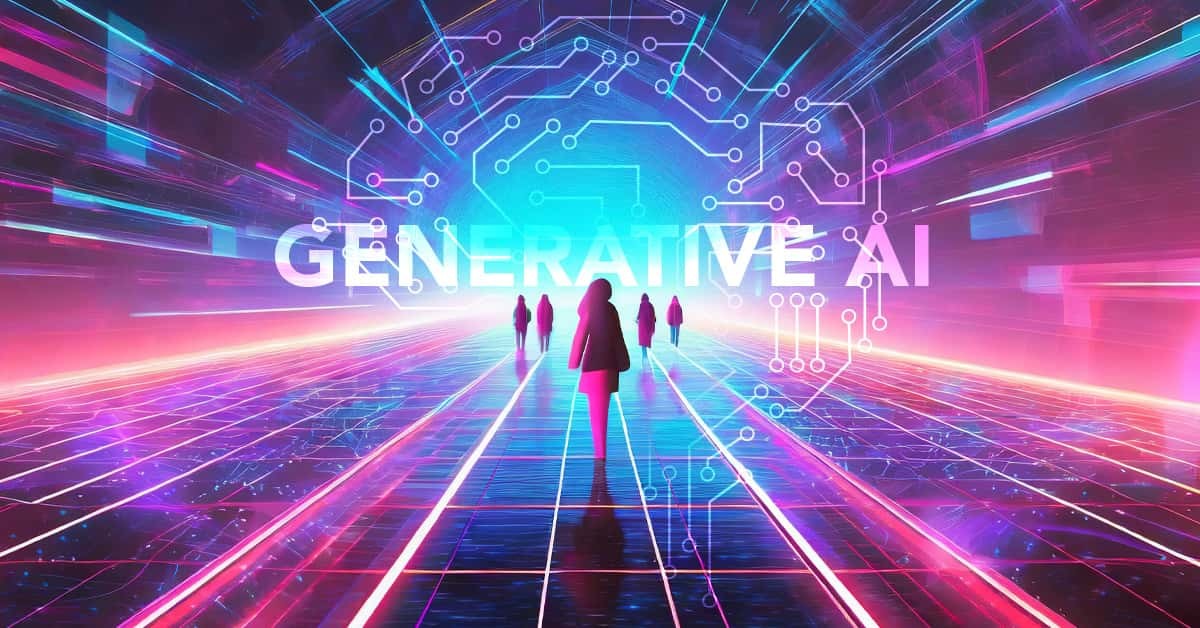Pegasystems Head of the AI Lab Peter van der Putten examines the journey of Gen AI into enterprise in 2024 and what can be expected for it in 2025.
The evolution of Gen AI from a tool of curiosity to an indispensable resource in the corporate sector has been nothing short of transformative.
Initially lauded for its ability to enhance consumer interactions through platforms like ChatGPT and Copilot, Gen AI is now deeply entrenched in enterprise workflows.
It has moved beyond standalone applications to become a core enabler of operational efficiency, redefining how businesses engage with technology.
As enterprises embrace this shift, they face new complexities. Unlike the relatively straightforward consumer applications, the corporate adoption of Gen AI necessitates intricate integrations into existing workflows and operations.
This trend not only highlights the growing maturity of the technology but also underscores its potential to reshape industries in the coming years.
To find out more about Gen AI’s trajectory, we spoke with Peter van der Putten, Head of the AI Lab at Pegasystems.
Embedding Gen AI in enterprises
Peter explains that while Gen AI has made its mark in consumer applications, its integration into enterprise processes marks a significant shift.
“Enterprises have more complicated processes; therefore, in most cases, you won’t just open a ChatGPT or Copilot window, but AI is thoroughly embedded into workflows, processes, and customer interactions through APIs and clever prompt engineering,” he said.
This transition from standalone tools to embedded systems allows companies to leverage AI as actionable intelligence.
By 2025, Peter predicts, agents powered by Gen AI will move beyond passive assistance.
“Agents will be able to translate high-level and unclear requests, understand the capabilities of available ‘tools’ for sensing and interpreting data, take actions, and generate plans to accomplish the results the user wants,” he added.
These developments are poised to redefine how businesses interact with data and make decisions, pushing Gen AI from a supportive role to an active participant in corporate strategy.
Competition in the Gen AI market
The rapid proliferation of Gen AI models and services has sparked fierce competition among providers.
“Similarly to this year, we’ll see an array of new generative models and services being launched, which would also increase competition for the base Gen AI models and services,” Peter noted.
This competition will lead to differentiation not just on quality but also on factors like cost, latency, and unique features such as multi-modality.
However, Peter believes enterprises can navigate this complexity with the right strategies, “As long as enterprises go for architectures that allow for a centralised model choice, the increased variety won’t make a huge difference,” he said.
Such insights suggest that while the technology evolves, businesses must remain agile in their approach to selecting and deploying AI solutions, ensuring alignment with their broader objectives.
Ethics, regulation, and human element
The increasing prevalence of AI has reignited debates around safety, ethics, and regulation.
“We’ll see an increased interest in responsible AI, driven by regulations like the EU AI Act, internal corporate ethics policies, and the desire to encourage voluntary AI adoption by customers and employees,” Peter said.
Enterprises are also placing greater emphasis on addressing bias in automated decisions, ensuring actions are based on accurate and ethical data.
However, Peter stressed that the success of AI adoption isn’t just about technology or regulation. “AI systems are made for and used by people,” he remarked.
He pointed out that the next wave of employees entering the workforce is already well-versed in using AI tools.
“These fresh graduates have not just better AI skills and knowledge of its strengths and weaknesses but also higher expectations for AI being used responsibly at scale,” he concluded.
As Gen AI continues its journey into 2025 and beyond, its potential to transform industries will depend not just on technical advancements but on the interplay between innovation, regulation, and human adaptability.



